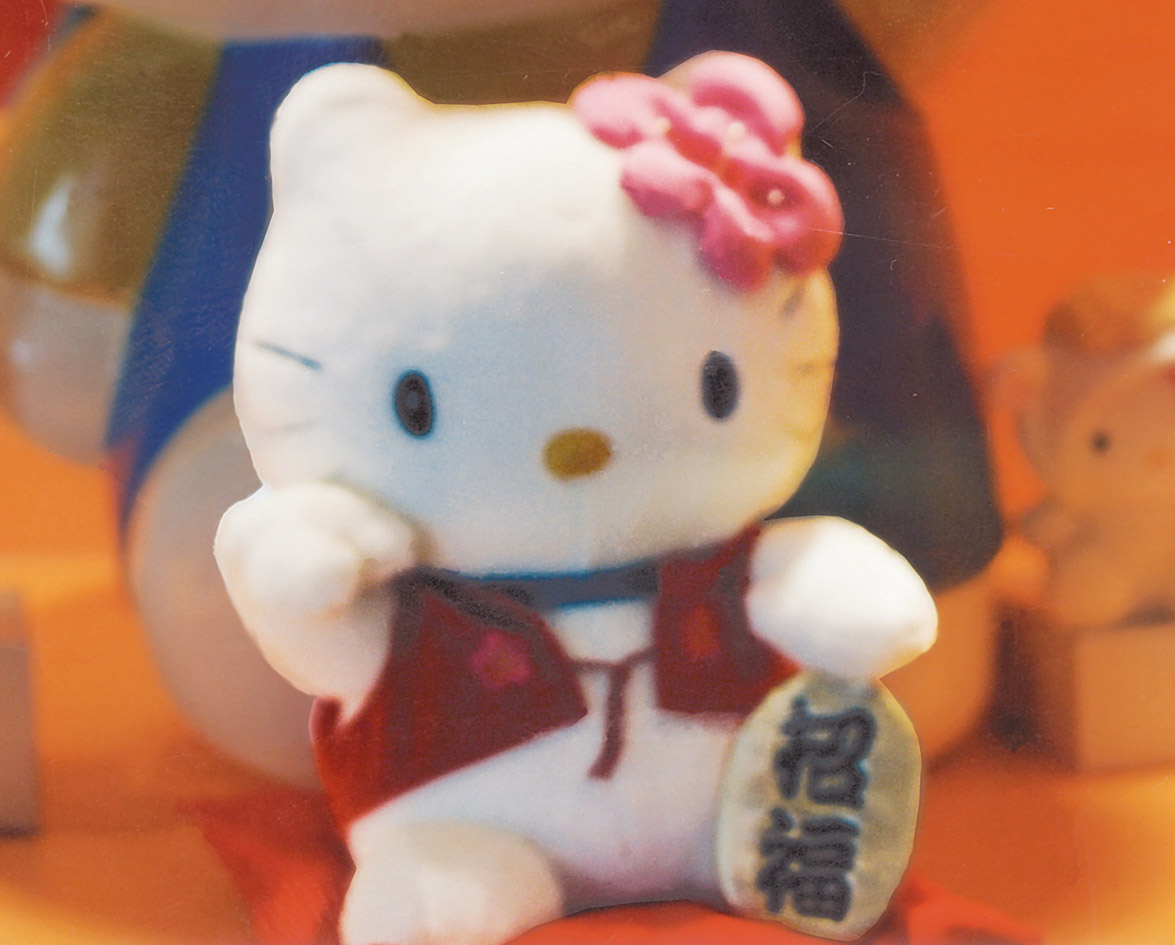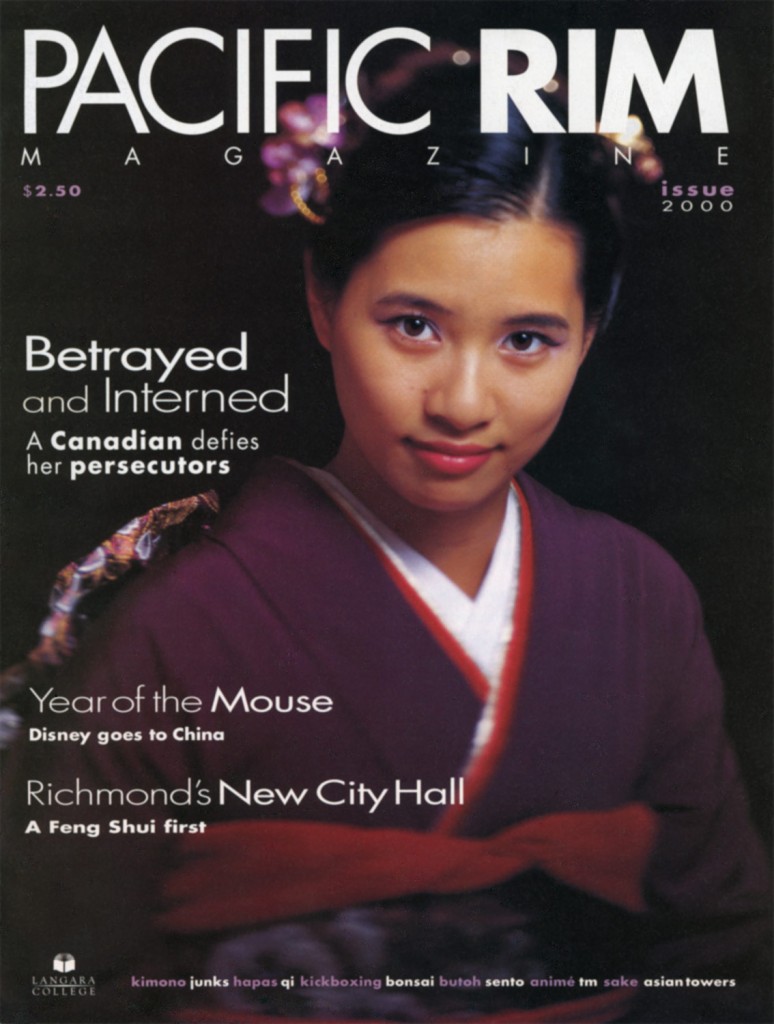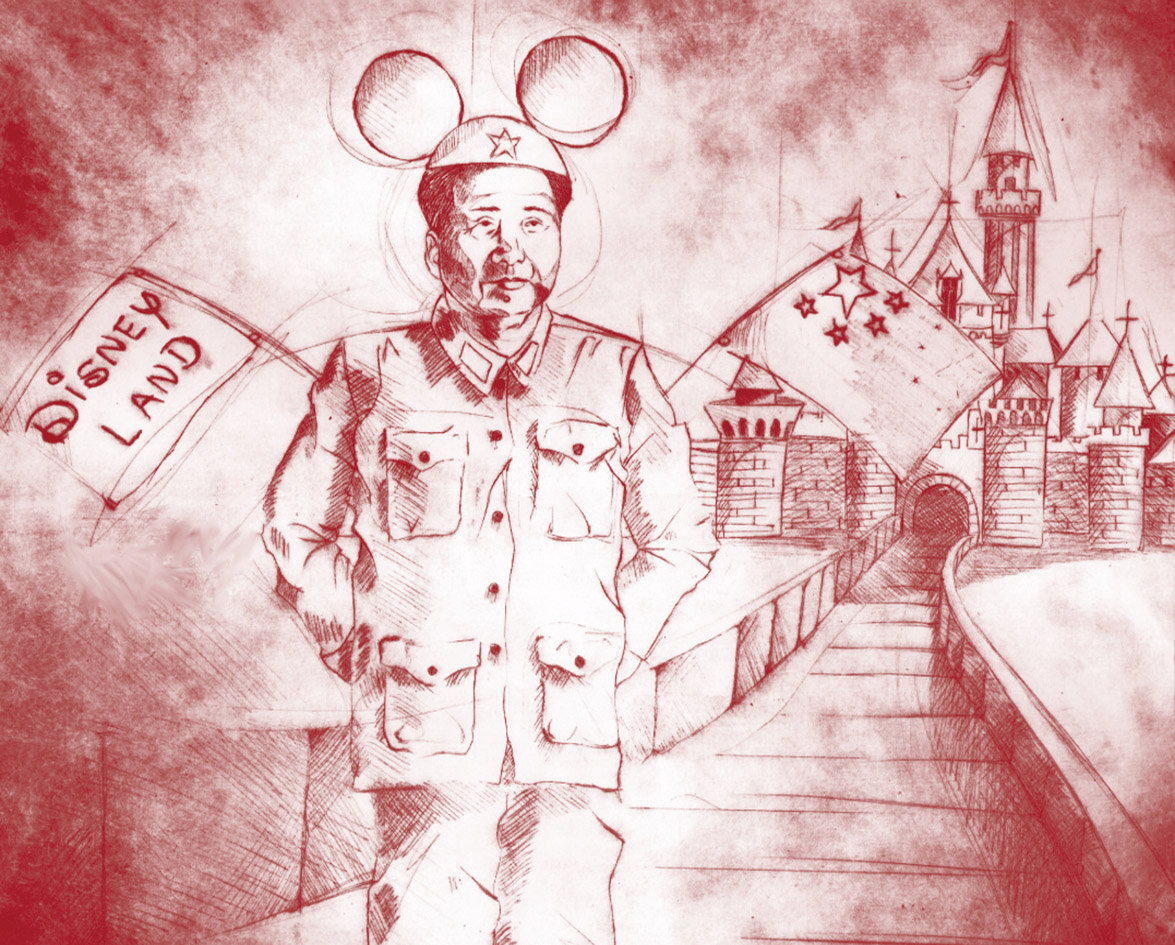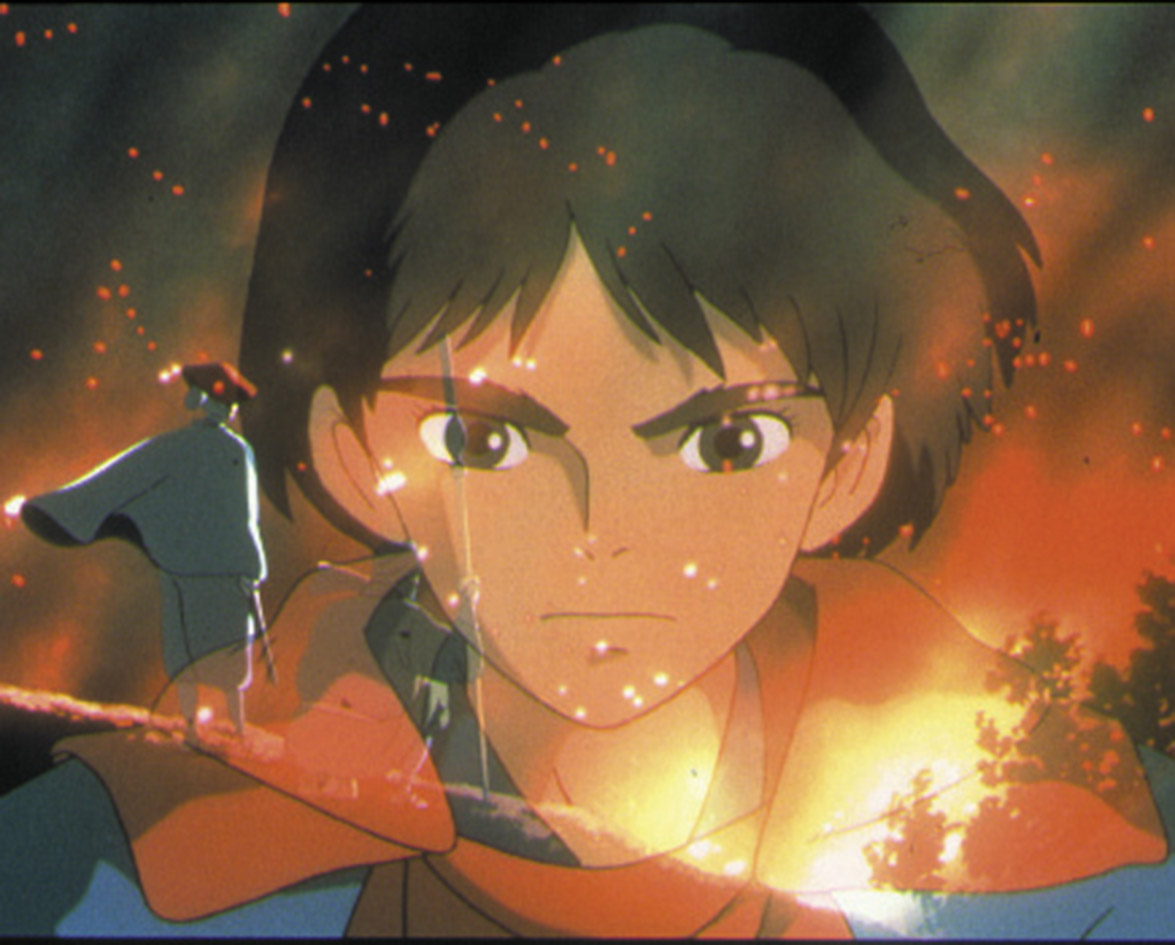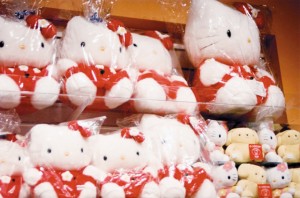
Introducing The Cat
“So what’s that,” I inquired, gesturing at the figurine on my student’s desk, “some sort of insect?”
Sandy’s seven-year-old eyes widened in astonished amusement.
I looked closer, and tried again, “Oh, I see, it’s a caterpillar. No, wait, a rat.”
Sandy cuddled the figurine protectively. “Don’t you know,” she exclaimed in the exasperated voice of the already enlightened, “It’s Hello Kitty!”
And then came the mantra I’ve heard over and over in the eight-odd years since I first encountered the only cat that really matters to more people than you might think: “Isn’t it cute?”
Well, no, not really. One of the dubious joys of teaching English as a Second Language is gaining an intimate knowledge of what passes for “must-haves” in the odd galaxy of pre-teen trends. I’ve sat through endless extrapolations about the evolution of the Pokémon universe; learned much too much about Sailor Moon’s saccharine struggle against the world’s evil; and suffered the song-like stylings of far more flavour-of-the-second adolescent Asian pop stars than I care to admit. Yet while these fads have short shelf-lives, the quarter-century-old Kitty’s appeal outstrips the proverbial nine. The orifice deficient feline may lack a mouth, but its definitely got legs. And it’s stretching those legs into North America.
Hello Kitty Has Its Own Retail Store
I am in what may be the pinkest place on earth: the Sanrio Surprises store in Burnaby’s Metrotown mall. Numbering 200 in the U.S. alone, the stores are the exclusive dens of all the oddly shaped animals released by the giant Japanese corporation. If you want something more than a little cute, this is where you come.
The entire big-headed Sanrio “Social Communication” clan is here: Winki Pinki, Spottie Dottie and Picke Bicke. Over there is Pochacco and Pekkle and Keroppi the frog. There’s Badtz-Maru, a penguin creature whom I first mistook for an owl; My Melody, a Red Riding Hood rabbit; and Little Twin Stars, those angelic siblings far from their birthplace: Compassion Planet in Dream Galaxy.
But, mostly, inevitably, there is Hello Kitty.
Rita Ho, the Sanrio Surprises manager, inducts me into the mysteries of Hello Kitty while waiting on a stream of customers. “I think people like Hello Kitty so much because it’s so simple and so cute,” she says as she shows me around. “Also, the products are of a very high quality.”
The products Ho refers to have a staggering range—Hello Kitty’s image graces over 15,000 consumer goods made and licensed by Sanrio. As well, at least 500 new Sanrio limited edition items appear monthly—the bulk of them Hello Kitty collectibles. Besides the ubiquitous stuffed dolls, backpacks and hair barrettes, Hello Kitty’s under-featured face adorns food items, toaster ovens, fashion accessories, and all sorts of stationery and school supplies. It’s on televisions and cell phone covers, t-shirts and dish sets, bathroom carpets and candy boxes—useless trinkets and household appliances for arrested adolescents of every age.
Hello Kitty Grows Up
“When we first started here,” says Hong Kong native Ho, “about 80 per cent of our customers were from Hong Kong. Now it’s about fifty–fifty North American and Asian.” Ho rings in a customer, then adds, “Even when we were in Hong Kong we knew we’d grow with Sanrio together.”
It’s a company to grow up with as well. In Asia, and especially Japan, the corporation has been an institution since introducing Hello Kitty in 1974. Little more than six whiskers and a hair-ribbon, the image took off with youngsters, making Sanrio’s founder Shintaro Tsuji, an extremely wealthy man.
Not that profits get much mention on Sanrio’s web site. Instead, much space is devoted to the slightly vague concept of “Social Communication.” In his president’s message, Tsuji writes that despite the practical realities of everyday life, people “nonetheless find joy and hope in beautiful, fanciful things such as the blooming of a flower or a bird’s cheerful song.” After this insight, Tsuji adds that his products foster communication that helps “build a bridge between the hearts and minds of people all over the world.”
Despite Sanrio’s other-worldly concerns, the company keeps an eye on the bottom line. After years of focusing almost exclusively on the children’s market, the company engineered its current sales boom by creating character product lines of fashion accessories and household appliances commonly used by grown women. By adding its images to items like toaster ovens, Sanrio gave 20 to 40 year-old women who grew up with Hello Kitty both a nostalgic and ”pragmatic“ excuse to put the cute cat back into the shopping bag.
“Now, I don’t collect Hello Kitty,” says Ivy Chen, a Simon Fraser University Communications student, “I just buy it.”
The New (Old) Customers
Nineteen-year-old Ivy is a perfect, if unwitting, example of Sanrio’s new target market. As elementary school students in Taiwan, she and her friends would visit Sanrio stores weekly—and occasionally daily—to blow allowances on new Hello Kitty items. Ivy stopped buying Sanrio “kid-stuff” in her early teens, but has started picking up a few Kitty bits and pieces again.
“Before when I bought it there was no reason. Now I just buy the things that can be useful,” she says, emphasizing the practicality of her purchase decisions.
We are sitting in the basement of her home, and on the table facing us is Ivy’s Hello Kitty non-collection. There is a Hello Kitty clock and Hello Kitty stationery—if you send a letter with Hello Kitty on it, she explains, people will know it’s special and they won’t throw it away—and there is an empty Hello Kitty candy box, and a Kitty change holder and a pink air freshener. All useful enough items. And there are other things, added as Ivy remembers she owns them: cell phone antenna decorations, a cup holder, and a windshield ornament that works a bit like a yo-yo. There’s also chewing gum and some unopened rice flavouring with Kitty packaging intact. “It’s too nice to tear,” says Ivy.
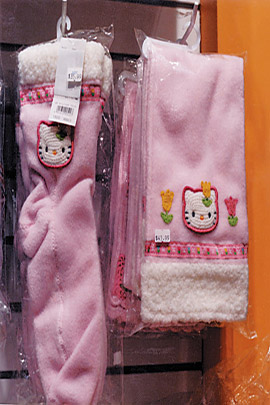
Other Hello Kittys lurk elsewhere, Ivy assures me.
She cheerfully runs upstairs to round some up, and as I’m left alone with the growing pile of Sanrio stuff, it strikes me that maybe I wasn’t so wrong when I misidentified Sandy’s Hello Kitty as an insect all those years ago. The thing really is as insidious as an insect infestation, spreading the consumerist virus to children unequipped to realize their “special” purchases aren’t much more than mass-produced tat. And that for all of Sanrio’s talk of fostering joy and friendship, it seems to me there is, in the heart of the company, something manipulative, something which makes all those fine words as empty as the space where Hello Kitty’s mouth is supposed to be.
Ivy’s mother brings coffee and questions about what we’re doing. I point to the table and she grins in nostalgic recognition.
“So,” I venture, “how about you? Do you like Hello Kitty?”
“Oh, yes, I like it very much,” she says. “It’s so cute.”





